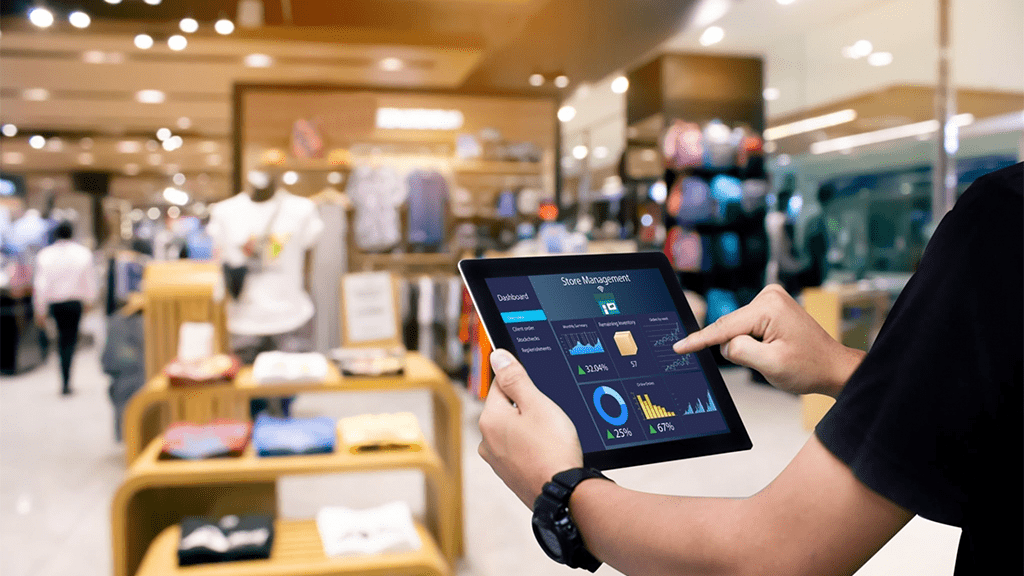
Menu

As the retail industry continues to evolve, retailers are increasingly turning to technology to improve their operations and customer experiences. In 2023, retailers are likely to embrace new technologies that enhance the shopping experience, optimize inventory management, and personalize marketing efforts. Here are the top 10 retail technology trends to watch in 2023:
Artificial intelligence (AI) and machine learning (ML) – Retailers will continue to invest in AI and ML technologies to optimize inventory management, personalize product recommendations, and automate customer service. AI and ML will also be used to analyze customer data to create targeted marketing campaigns and improve the in-store experience.
Augmented reality (AR) and virtual reality (VR) – AR and VR will be used to enhance the in-store experience by enabling customers to visualize products in real-time. This technology will also be used for virtual try-ons and product demonstrations, which can help customers make more informed purchase decisions.
Digital payments and mobile wallets – With the increasing popularity of mobile payments, retailers will continue to adopt digital payment methods such as Apple Pay, Google Pay, and other mobile wallets. Retailers will also integrate payment options into their mobile apps to streamline the checkout process.
Contactless technology – In response to the COVID-19 pandemic, retailers will continue to invest in contactless technology such as touchless payment options and contactless delivery. This technology will help minimize the spread of germs and create a safer shopping experience for customers.
IoT-enabled devices – IoT-enabled devices such as smart shelves, beacons, and RFID tags will be used to track inventory in real-time and optimize product placement. These devices will also be used to collect customer data and improve the in-store experience.
Voice assistants – Retailers will continue to incorporate voice assistants such as Amazon Alexa and Google Assistant into their mobile apps and in-store experiences. Voice assistants can help customers find products, make purchases, and provide personalized recommendations.
Personalization and customization – Retailers will use customer data to provide personalized product recommendations and customized experiences. This can include personalized promotions, recommendations based on past purchases, and customized product offerings.
Chatbots and virtual assistants – Chatbots and virtual assistants will be used to automate customer service and provide 24/7 support. These technologies will help retailers reduce response times and provide consistent, high-quality customer service.
Social commerce – Retailers will increasingly use social media platforms such as Instagram and Facebook to sell products and engage with customers. Social commerce will enable retailers to reach a wider audience and provide a more personalized shopping experience.
Cloud-based solutions – Cloud-based solutions will be used to improve data storage, increase scalability, and enable retailers to access data from anywhere. Cloud-based solutions will also be used to enable real-time inventory management and streamline operations.
In conclusion, the retail industry is likely to embrace new technologies in 2023 that enhance the shopping experience, optimize inventory management, and personalize marketing efforts. Retailers that embrace these trends and invest in the latest technologies will be better positioned to succeed in a competitive marketplace.